Invitation to the Dance (1956) is an anthology film consisting of three distinct stories, all starring and directed by Gene Kelly.
The film is unique in that it has no spoken dialogue, with the characters performing their roles entirely through dance and mime. Kelly appears in all three stories, which feature leading dancers of the era including Tommy Rall, Igor Youskevitch, Tamara Toumanova and Carol Haney.
The movie was filmed in 1952, but its release was delayed until 1956 because of doubts at Metro-Goldwyn-Mayer about its commercial viability. The movie was a failure at the box office, but is regarded today as a landmark all-dance film.

The first segment, "Circus", set to original music composed for the film by Jacques Ibert, is a tragic love triangle set in a mythical land sometime in the past. Kelly plays a clown, who is in love with another circus performer, played by Claire Sombert. She, however, is in love with an aerialist, played by Youskevitch. To impress Ms. Sombert, the clown performs a dangerous high-wire act, and falls.
The second segment, "Ring Around the Rosy", set to original music by André Previn, tells several romantic stories tied by the exchange of a gold bracelet. The bracelet is originally given by a husband (David Paltenghi) to his wife Daphne Dale. She gives the ring to a flirtatious artist (Youskevitch), at a party, infuriating the husband, who stalks off. The artist gives the bracelet to a model (Claude Bessy), and the bracelet changes hands through various performers, eventually returning to the husband, who reunites with his wife.
The third and best segment, "Sinbad the Sailor", is a fantasy consisting of live action and Hanna-Barbera-directed cartoons set in the casbah of a Middle Eastern country. Kelly plays a sailor who is sold a magic lantern. This puts him in conflict with cartoon villains wielding swords, and falling in love with a cartoon harem girl. This segment includes complex dance sequences showing a live Kelly dancing with cartoon characters; predating many ideas which reappeared in Mary Poppins. (Walt Disney was a friend of Gene Kelly's, and Disney animators provided technical consulting for the MGM animators on blending live action with animation for this film.) Good use is also made of the original themes of Rimsky-Korsakov's Scheherazade by the durable MGM music department team of adapter Roger Edens, conductor Johnny Green and orchestrator Conrad Salinger.
The film won the Golden Bear for Best Film at the Berlin International Film Festival.



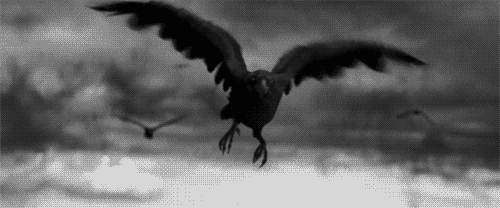
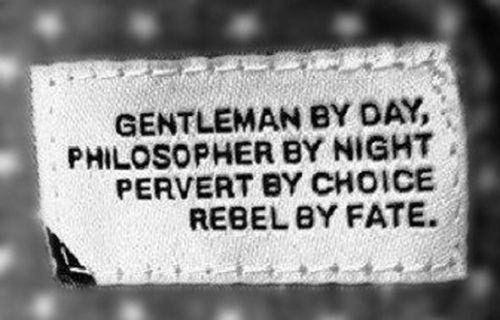

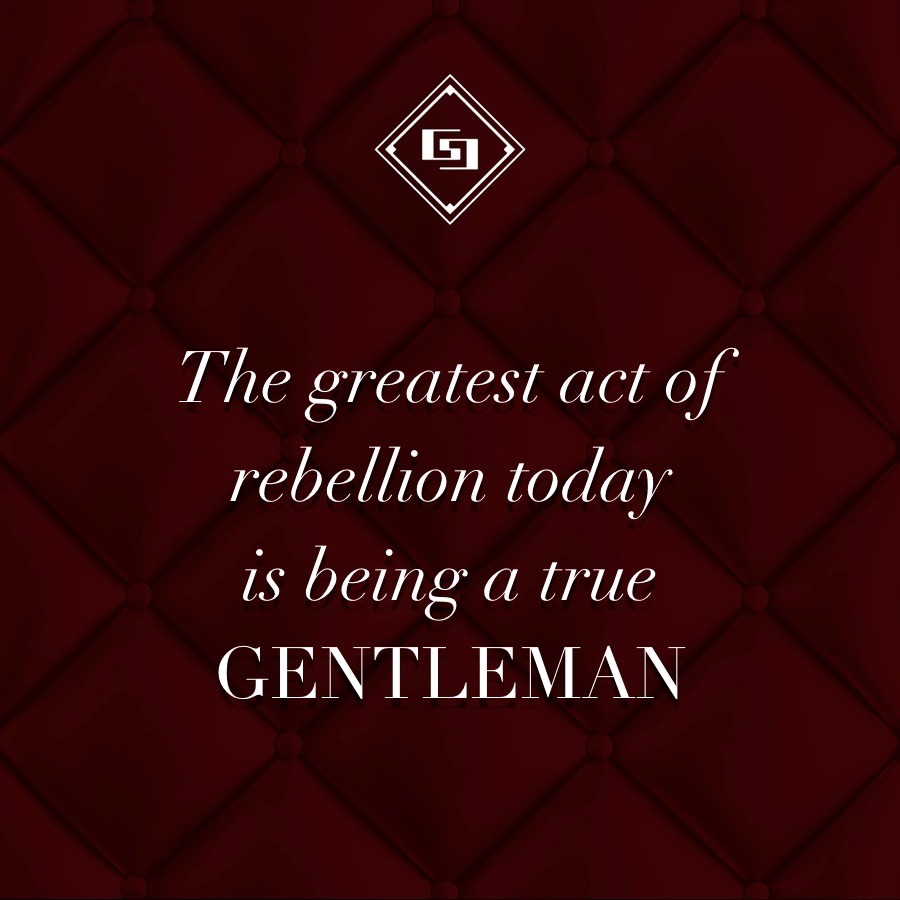

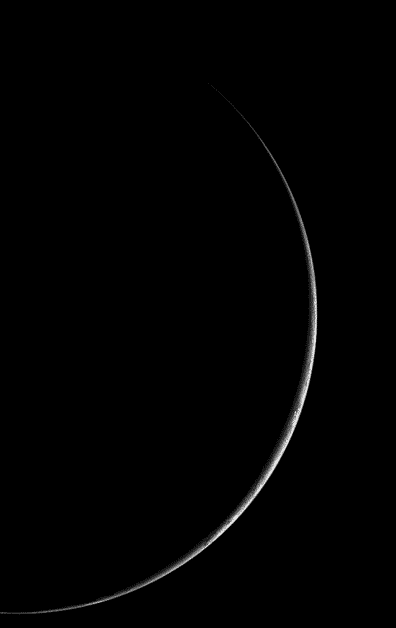








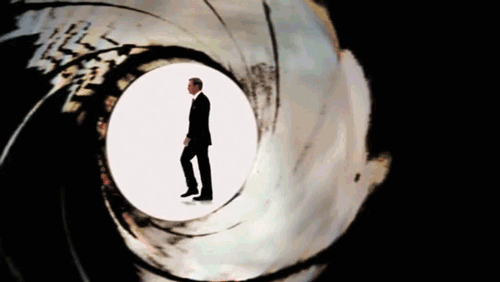


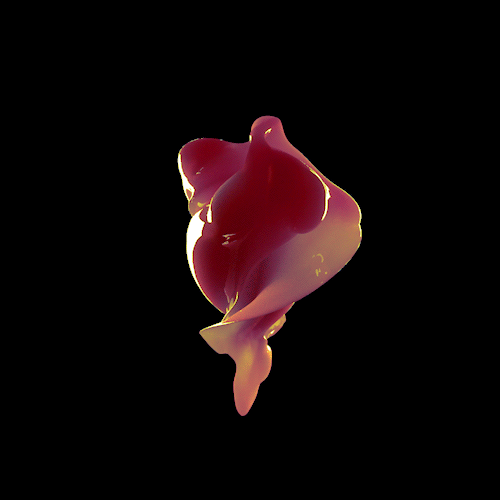


No comments:
Post a Comment